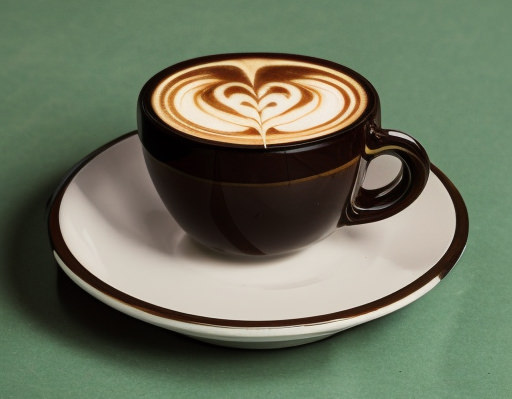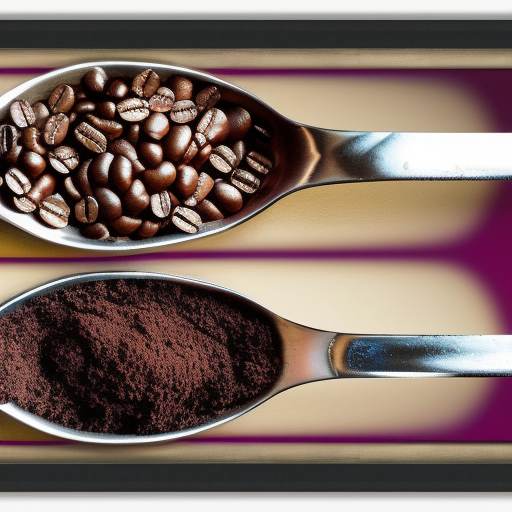Espresso has become increasingly popular over the last few decades. It’s a complex drink that can take time to master, but understanding the science behind it can help make it easier. In this post, we’ll explore crema and extraction—two of the most important components of espresso—in order to gain a better understanding of why espresso is so unique.
Crema
Crema is one of the most unique aspects of espresso. It’s a creamy foam made up of tiny bubbles that forms on top of an espresso shot when brewed properly. Crema is a result of hot water being forced through tightly packed coffee grounds at a high pressure, creating emulsified oils and suspended particles that create its distinct texture and flavor. Crema also acts as an indicator for how well brewed an espresso shot is; if there isn’t enough crema, then more pressure needs to be applied during extraction or the grind size adjusted accordingly.
Extraction
Espresso extraction refers to the process by which coffee grounds are dissolved into water in order to produce a beverage. The brewing process requires tight packing of ground coffee beans and hot water passing through them at around 9 bar (130 PSI) pressure in order for optimal extraction to occur. This creates a thick syrup-like liquid with strong flavor and aroma that can be used as an ingredient in other drinks such as cappuccinos or lattes. The longer an espresso is extracted, the stronger its taste will be; however, too much extraction can lead to over-extracted shots with unpleasant flavors and aromas.
The science behind espresso is surprisingly complex but fascinating nonetheless. There’s more to making good espresso than just grinding coffee beans and adding hot water; understanding concepts like crema and extraction allows you to better control your brews in order to get consistent results every time. If you want to learn more about making great tasting espressos, it’s worth taking some time out to understand the science behind it.
Cheating a bit, but for a quick top to a coffee, I sometimes lean on a tool like this Milk Boss Double Whisk Milk Frother. Inexpensive and quick to use. Please note that if you purchase from clicking on the link, I will get a tiny bit of that sale to help keep this site going.






